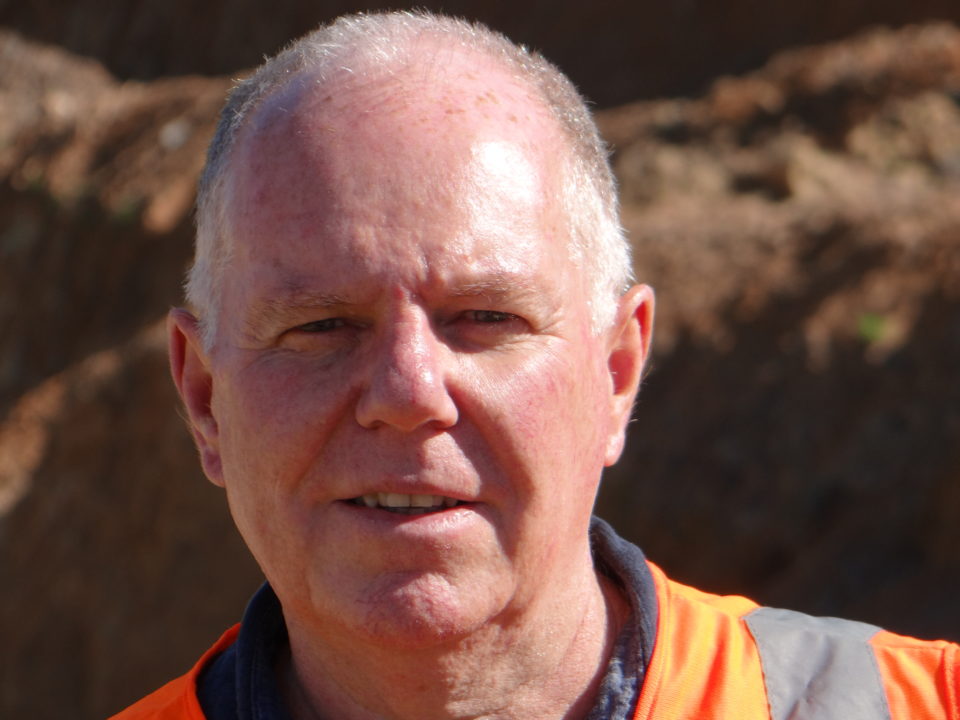Wayne Scott, CEO of the Aggregate and Quarry Association says real reforms are required from this year’s review of the RMA, if only to provide aggregate to New Zealand’s rising and increasingly urban population.
Sometime this year a child will be born, or a migrant arrive to take New Zealand to a new population high of 5m people; by 2025 we are forecast to hit 5.5m and by the middle of the century, there may be 7m of us.
New Zealand is probably best placed of any country to cope with the projected expansions in population. At 5 million, we have fewer people than greater Sydney – and we also have abundant resources of the two most consumed resources on the planet; water and aggregates & sand.
At the AQA’s 50th anniversary last October Jim O’Brien, founder of the Global Aggregates Information Network GAIN noted that already more than half the planet’s population live in cities; by 2050 it will be two-thirds. Auckland alone by that time will have around 2.5m people.
Jim reminded us that as the world urbanises, demand for aggregate continues to rise and with that comes increasing problems about getting access to resources.
I got some media coverage last year warning that unless there are improvements in the planning rules to allow quarries to continue producing aggregate near urban demand, New Zealand may have to look at importing quarry materials. Infrastructure Minister Shane Jones rightly commented it would be perverse to have to import aggregate into a country riddled with it. He’s taking the idea of a national aggregate inventory to the new Infrastructure Commission and looking to this year’s delivered review of the RMA to rope off usable resources.
We can only hope this will help bring about a wholesale set of changes across Government and council frameworks to integrate planning and environmental laws, so Kiwis as they urbanise can continue to access aggregate. Every built thing sits on crushed rock and stone sourced from quarries or riverbeds; not a single home, factory, farm building, school, hospital, airport or road can be built without it.
Aggregate is sourced from as many as 1,800 quarries and crushing sites located from Te Hapua to Bluff. The average house build uses 250 tonnes of aggregate and sand and a kilometre of two-lane highway takes 14,000 tonnes of aggregate.
We currently consume around 40m tonnes or a truckload every year, which is high for a developed country and reflects our lengthy roading network (see graphic showing roads account for half of consumption) as well as expansive housing.
Source: NZP&M 2018 Aggregate Production 1993-2017. The “other” category represents industrial minerals and those who chose not to disclose the uses of their products.
Our population is actually set to rise to as many as 7.9 million by 2060 – meaning the equivalent of the current population of New Zealand will then be living in urban environments.
The biggest challenge faced by the quarry sector is maintaining urban and urban-fringe quarries. As quarries are forced to locate further from their markets, the cost of aggregate rapidly increases, adding to traffic congestion and transport emissions.
The AQA was pleased to see this recognised in the release late last year of the Government’s new Resource Strategy. It even repeated some of our language, such as the fact that the cost of a truckload of aggregate doubles in the first 30km it is carried from a quarry – and continues to rise with each kilometre travelled. Much of this cartage and the associated congestion and emissions can be avoided if local quarries are allowed to operate.
We are looking to the Government to ensure planning documents recognise existing and potential aggregate and sand deposits and provide for their extraction. Quarry materials are not universally available and can only be sourced from where they are located; without planning to provide for adequate access to resources at workable locations, there is the real risk of losing access to such proximate resources as urban encroachment spreads.
The AQA also wants to see improved consenting regimes. Quarry consents are often taking up to 5 years or more to obtain and are extremely expensive.
The quarry industry is not after a ‘stamp of approval’ without due process. We just require the process to be balanced and fair, so that community expectations are understood and business, financial, environmental and social objectives are all considered.
As we increasingly become urban birds, we Kiwis will need local rock to build our roosts on.


Parting words from Jeremy Sole- a final column